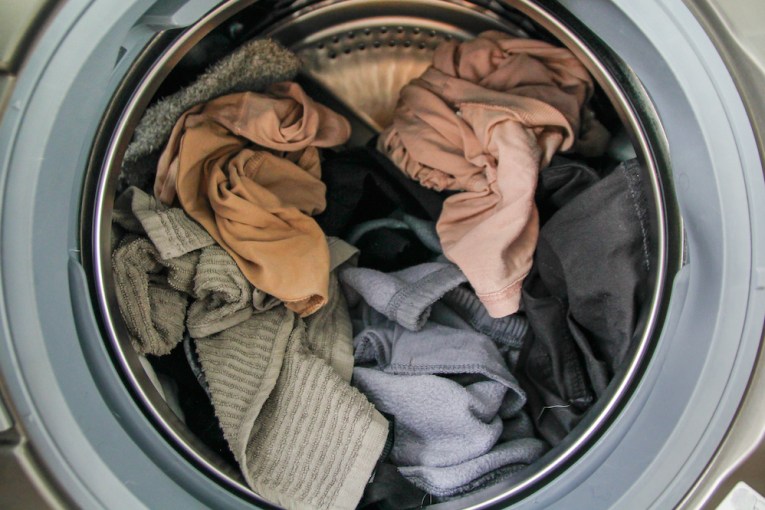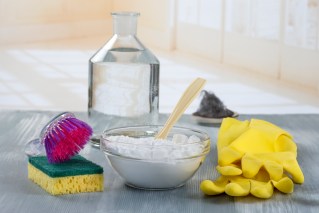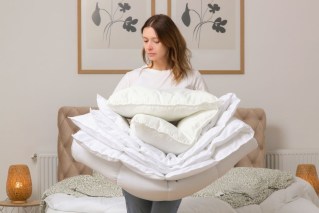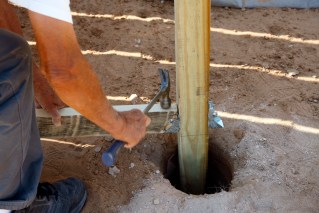House plants might look nice, but they’re not as super as you think

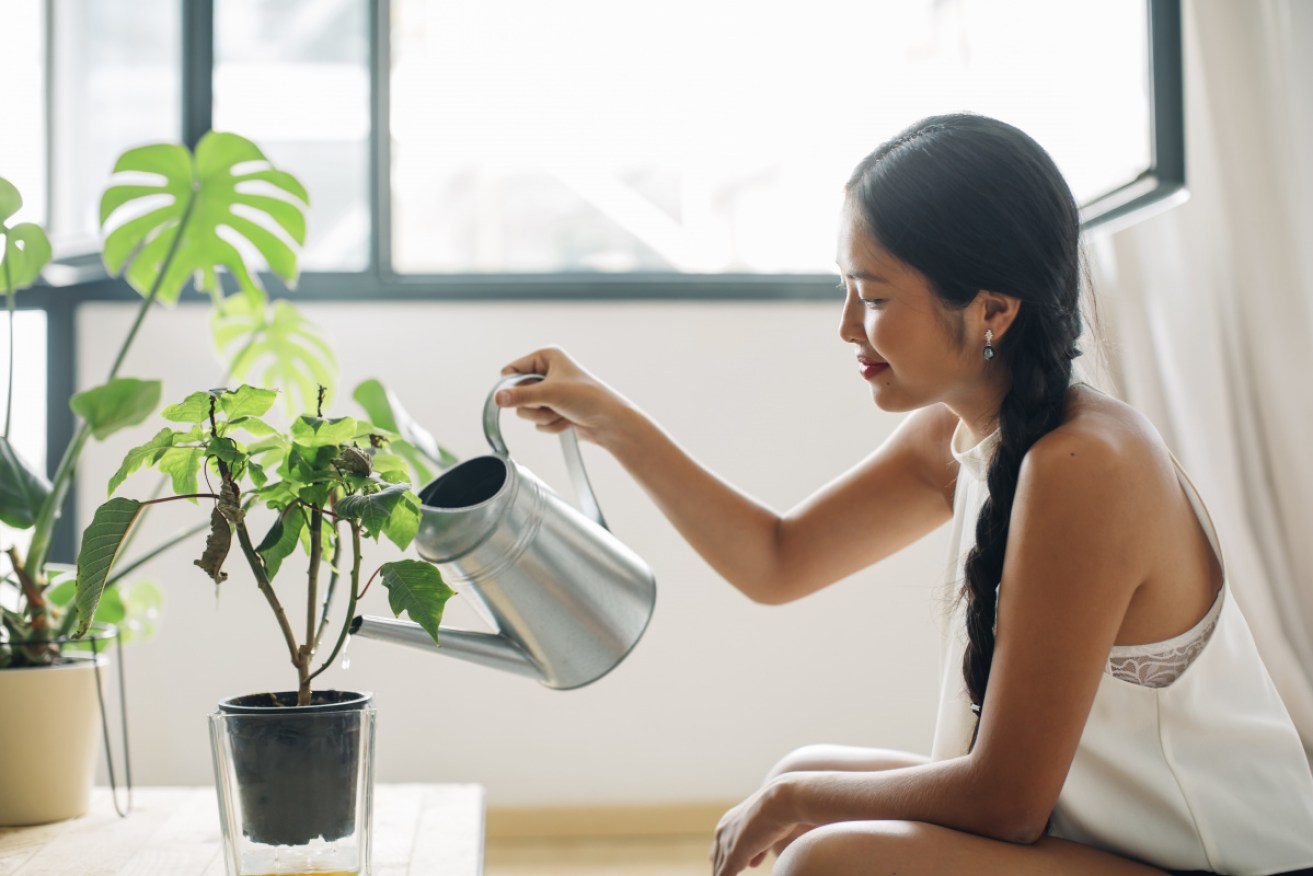
House plants are pretty, calming and for a long time, we thought they made our air cleaner. Scientists have dispelled that last claim. Photo: Getty
House plants are the latest trope that have proliferated popular, on-trend culture.
They’re dangling from ceilings, sprawling their fronds across bay windows and cluttering (in a trendy way) interior-design plans in houses across Australia.
It’s not a small business – people are willing, if not fighting to, fork out up to $300 for some of the more cult-status plants.
The indoor plant trend makes sense: They look nice, for those who live in apartments without prolific gardens it’s a way to have some semblance of nature in your life, and they’re meant to be good for developing your nurturing, responsible side.
There’s also a lot of talk about how they’re good for your health, they help to clean the air, and boost oxygen levels.
That’s why you see so many companies building them into their work spaces – a vertical garden here, a smattering of monstera there. Happy, healthy employees.
Science has squashed both these claims (to a degree) and revealed the intense density of indoor plants you actually need to make a difference to air quality.
That magic number is 10 plants to every square foot.
Which, if you visualise it, is a lot of plants stacked into not a lot of space. Even 10 bonsais would look out of place.
De-leafing the matter
A study published this week in the Journal of Exposure Science and Environmental Epidemiology squashed the dreams of indoor green thumbs everywhere.
To get its result, the research team pored over 12 studies on indoor plants and their health benefits, from the past three decades.
The plants-create-more-oxygen claim is a pure myth, study author Michael Waring told CNN, because constant ventilation in a room ticks the oxygen box.
To determine if indoor plants did help purify the air, and if they did how many did it take to make a noticeable difference, the studies referenced placed the plants into chambers, and injected the chambers with a “volatile organic compound”.
Then they’d sit and watch this compound decay, giving the kudos of the decay to the plant.
What became apparent, Drexel University’s Associate Professor Waring said, was that it was microbes that were taking care of the compound – not the plants.
“This has been a common misconception for some time. Plants are great, but they don’t actually clean indoor air quickly enough to have an effect on the air quality of your home or office environment,” Associate Professor Waring said.
The air purification myth can actually be traced back to NASA, which in 1989 released a study that claimed plants could be used to remove cancer-causing chemicals from the air.
At the time, the space agency was researching how it could best clean and filter air on space stations.
Since then, it has become lore that house plants are a super-cleaner of sorts.
“This is certainly an example of how scientific findings can be misleading or misinterpreted over time,” Associate Professor Waring said.
“But it’s also a great example of how scientific research should continually reexamine and question findings to get closer to the ground truth of understanding what’s actually happening around us.”
